Peers Around the World: Leading the way for sustainable innovation at Norwich Research Park
/Norwich_Research_Park_CEO_Roz_Bird.jpg)
In this month’s “Peers Around the World” interview, we catch up with Roz Bird, CEO of Norwich Research Park, who has played a pivotal role in shaping some of the UK's most dynamic innovation ecosystems. With extensive experience across leading research and technology hubs including Cambridge, Silverstone, Milton Keynes, Bristol, and most recently, Norwich, she brings a unique perspective on what makes innovation clusters thrive.
Roz discusses the critical success factors for science parks, the urgent need for sustainable alternatives to petrochemicals and her commitment to inspiring the next generation through school engagement programs. As coordinator of the Women in IASP subnetwork, she also shares valuable insights on advancing gender equality in STEAM fields and innovation ecosystems globally. Read on to learn how she sees the evolving landscape of innovation hubs, the importance of community building, and the ways in which organisations can maximise their impact while keeping sustainability as a priority.
You've been involved in urban regeneration projects across some of the UK's most prominent innovation areas - Cambridge, Silverstone, Milton Keynes, Bristol, and, of course, Norwich. What has been the most rewarding aspect of this work for you personally, and what are the critical success factors you've identified that can make or break an innovation hub? How do you adapt your approach to suit different regional contexts and their unique characteristics?
The most rewarding aspect of the work is developing a sense of community and helping people to meet, collaborate or inspire each other with their differences. Bringing diverse individuals together sparks innovative ideas and business opportunities.
Also, companies need to attract and retain specialist staff. One of the best ways to help them do this is by creating a vibrant community atmosphere. This involves running events that bring lots of different kinds of people together helping them to make connections with industry and members of the research community. These events are not solely business focused. It’s important to provide a social programme too.
At Norwich Research Park, and in previous roles, we have always hosted successful barbecues and quiz nights. At Granta Park we had a choir and a very popular rounders tournament. This year in Norwich, we are holding our second annual ‘old school’ sports day!
What is critical to success, at a science park campus, is being clear about your unique selling points, as a location, and clear about your target audience. Each location is different and so the target audience and approach will be different. We work with professional marketers to ensure marketing is used as a strategic business tool to benefit our location.
When I was at Silverstone Park, the focus was advanced engineering. For Granta Park, it was traditional drug discovery. At Norwich Research Park our expertise serves four global markets—agri-biotech, food biotech, medtech and industrial biotech. And, we are unique in having three BBSRC-funded institutes on our site along with another world-leading research institute, a university and university hospital. In each case the message and the target audience are very different.
As a global community we have recognised the need to move away from chemical pesticides, petro-chemicals and many other polluting or unsustainable industrial, manufacturing and agricultural practises. Can you give us your thoughts on how this is going develop?
Norwich Research Park is one of the global centres addressing the reliance on petrochemicals for fertilisers and chemicals to grow crops in agriculture. There's also a reliance on petrochemicals for chemistry-based drug discovery.
Norwich Research Park can advise on the transition away from a reliance on petrochemicals to the use of biology and ‘engineering biology’ to solve these problems. We’re calling this work ‘BioTransitions.’
There are three clear BioTransition missions:
- From chemical to sustainable agriculture to find bio-based alternatives to chemicals before they are banned.
- From disease to prevention, to truly deliver a National Health Service.
- From synthetic chemistry-based to plant/enzyme-based drug discovery, to create complex drugs, cost effectively, before oil makes it too expensive.
Norwich Research Park can advise the Government on what can be adopted now, where more research is required and the right order in the transition. Where we don't have the information yet, we are going to need big international collaborations. For example, with the understanding of the soil microbiome, there's much more research to do, but we can lead on this in the UK and look for international collaborations.
Your work includes inspiring young people through school engagement programmes. As someone who bridges the corporate and educational worlds, how do you see the skills gap evolving in the innovation sector, and what role should research parks play in preparing the next generation for careers in emerging technologies?
There is a strong argument for investing in careers education and really making a difference to young people.
At Silverstone Park, I set up an ‘Inspiration for Innovation’ programme which is a school engagement programme. We are now about to pilot a similar scheme for Norwich Research Park. In my experience, a lot of young people do not have the information they need about what employers are looking for, what potential they've got to offer, and what jobs are out there.
There are so many jobs created by a science park campus, from catering and facilities management to business development and then of course the scientists. We should care more about these career pathways, and the information about them, to ensure that young people are offered the best opportunities to find a job that really suits them. When we invest so much money in young people, to help them achieve a formal education, we should also want to see a quick return on that investment, back into the economy, through comprehensive careers education so young people find the right job, for them, as soon as possible.
As the coordinator of the Women in IASP subnetwork, you've been championing exciting initiatives that highlight the achievements of female leaders across our global network and promote greater gender parity in the innovation sector. A lot has changed in the last few years, and you’ve witnessed - and helped drive - significant progress since you first entered the industry. From your perspective, what are the main challenges women still face in gaining visibility in innovation ecosystems, and STEAM fields more broadly?
I was really delighted to accept the role of coordinator for Women in IASP and it's been an absolute pleasure to lead the group. I decided that I would set up a one-hour Teams drop-in session every month on the basis that I wanted to talk with the women that were involved to find out what they wanted from the network. We agreed that as well as sharing good practice in running events that encourage gender equality, we should also explore what it is like for us personally, as women working in our roles, and what it was like in our workplaces.
We quickly got to the point where we were also discussing the fact that one of the things that affects us is what it is like in the different cultures across the IASP’s reach. There are certainly different expectations of women in different cultures. It is fantastic to be on the call, each month, with people from South Africa, Brazil and across Eastern, Central and Southern Europe. We also met up at the IASP World Conference in Nairobi, which gave us the chance to talk about ideas and issues we were working on during the event.
Looking ahead, what do you believe will be the defining characteristics of successful innovation clusters in the next decade? How is Norwich Research Park positioning itself to remain competitive on both the national and international stage?
When it comes to Norwich Research Park I think about its scale and the future potential. We are only just starting to take steps towards our ten-year vision.
One of the reasons I believe we are going to be successful is because we've got four research institutes, the university, and the university hospital, who attract the right people and skillsets and that puts us on the map.
The John Innes Centre is ‘on the bucket list’ of places to work for plant scientists around the world. We've got around 70 different nationalities working on the campus, so we know that people, with the right skills, are attracted to either work in research or in a company that is translating the research into real world impacts.
What drives me is the opportunity to maximise the impact of publicly-funded research here at Norwich Research Park.
We have been successful in attracting start-ups, high-growth companies, large corporates and investors who benefit from access to our research community. I want to make sure young people, locally, know about the opportunities and apply for new jobs here. I would like to continue to develop the thriving ecosystem including supporting the 3,000+ early-career researchers on the campus. I would also like the people of Norfolk to be inspired by, and proud of, the fact that we have this national asset in the county. And, of course, I would like to see the national government take forward the G7-level strategy, BioTransitions, to lead the transition from reliance on petrochemicals to biochemicals which would improve everyone’s future.
Photo credits: Chris Ball Photography
/)


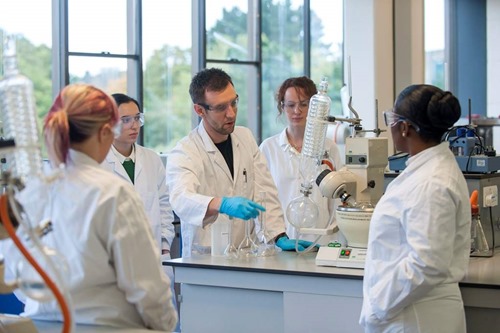
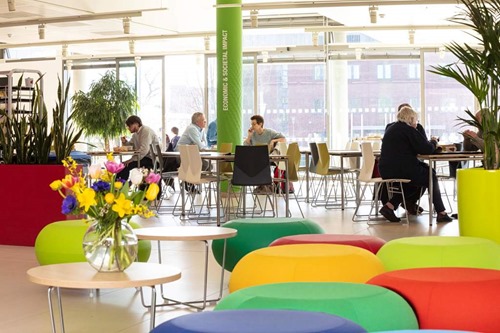
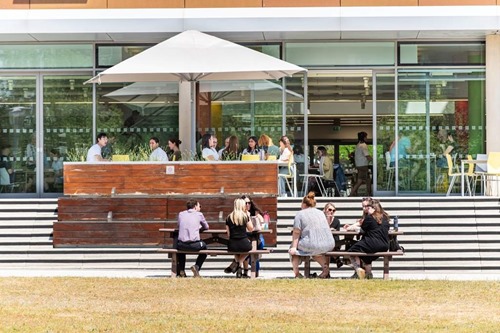
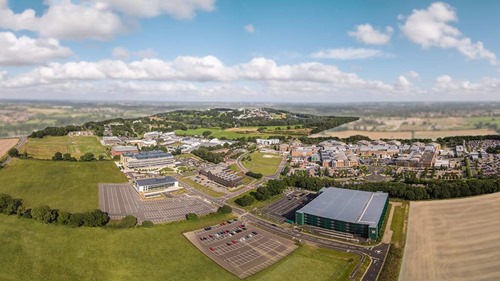
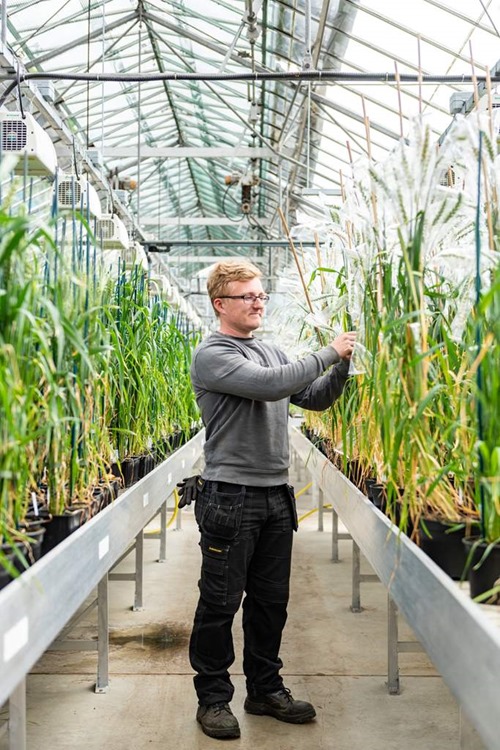
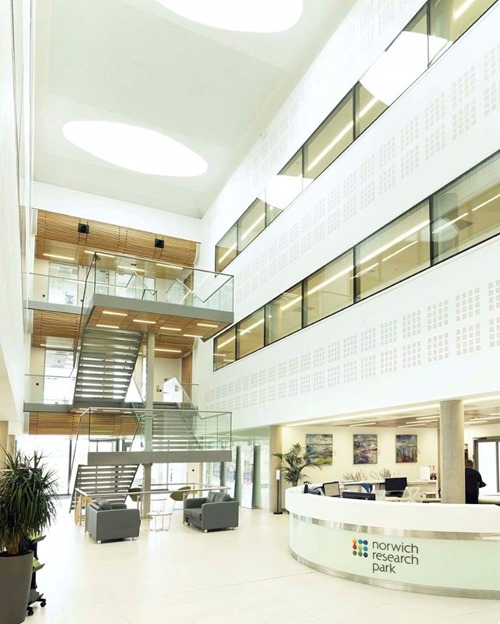
/canvascolor(0xffffffff)/Logotyp_Pos_Round_3.png)
/canvascolor(0xffffffff)/WhatsApp_Image_2024-03-11_at_10.37.06.jpg)
/canvascolor(0xffffffff)/RSTP_Logo-01_8.png)
/canvascolor(0xffffffff)/2023_01_27_Lithuania_Tech_Park_Kaunas.png)
/canvascolor(0xffffffff)/JOIST_Innovation_Park_Logo_-_White_1.png)
/canvascolor(0xffffffff)/2017_11_15_Slovekia_CEPIT.jpg)
/canvascolor(0xffffffff)/2024_01_09_Logo_Business_Turku_2.png)
/canvascolor(0xffffffff)/Identificador_Visual.png)
/canvascolor(0xffffffff)/2025_02_18_China_Nanjing_Gulou_Hi-Tech_Industrial_Devt_Zone.png)
/canvascolor(0xffffffff)/MemberLogo-68701-6096.jpg)
/canvascolor(0xffffffff)/VUTSouthernGauteng.png)
/canvascolor(0xffffffff)/MemberLogo-58801-6311.png)
/canvascolor(0xffffffff)/MemberLogo-89401-462801.jpg)
/canvascolor(0xffffffff)/2023_10_23_Sweden_Sandbacka_SP.jpg)
/canvascolor(0xffffffff)/2017_06_08_Panama_Ciudad_del_saber.png)
/canvascolor(0xffffffff)/2017_08_04_fundecyt-pctex-h.png)
/canvascolor(0xffffffff)/Untitled_11.jpg)
/canvascolor(0xffffffff)/2023_06_08_Australia_Melbourne_Innovaiton_District.jpg)
/canvascolor(0xffffffff)/2022_10_18_Luxembourg_Technoport.png)
/canvascolor(0xffffffff)/House_of_BioHealth.png)
/canvascolor(0xffffffff)/WhatsApp_Image_2023-08-01_at_14.01.59_5.jpg)
/canvascolor(0xffffffff)/Aj_basa_2014_color-fonsgrisE_2.png)
/canvascolor(0xffffffff)/IMG_6966_1.jpg)
/canvascolor(0xffffffff)/Logo_ZEDE_Color_1.jpg)
/canvascolor(0xffffffff)/FOTO-PERFIL-2.png)
